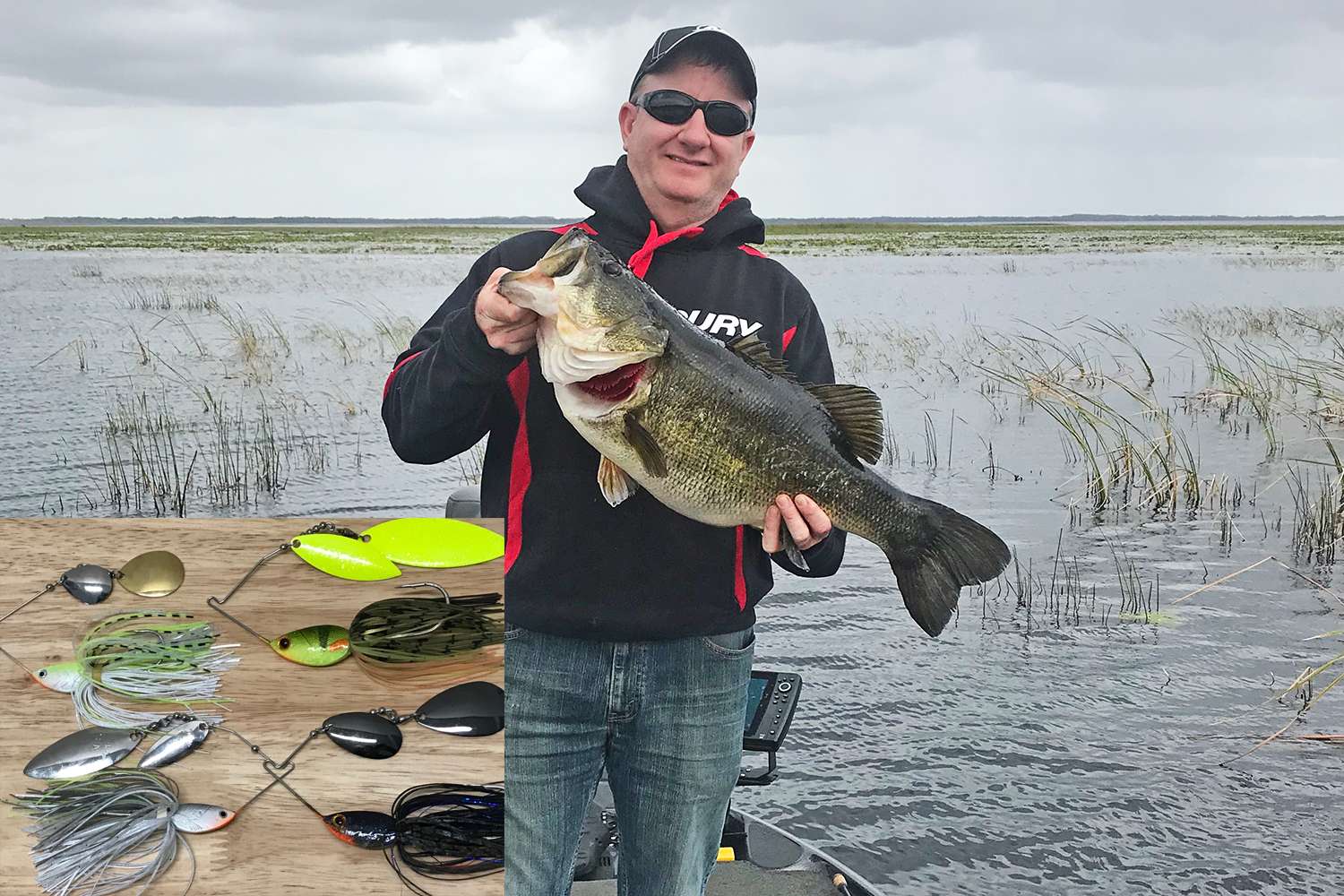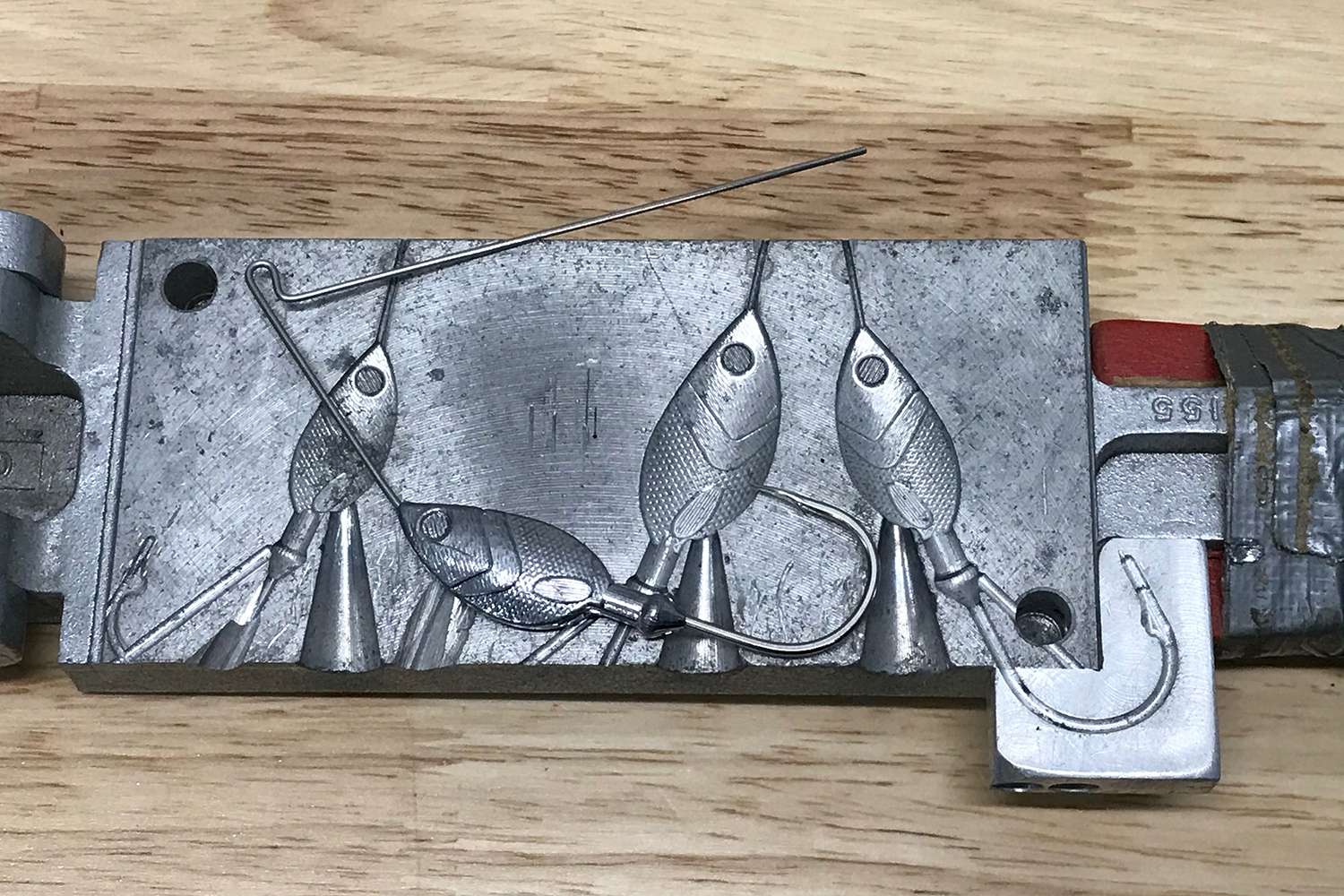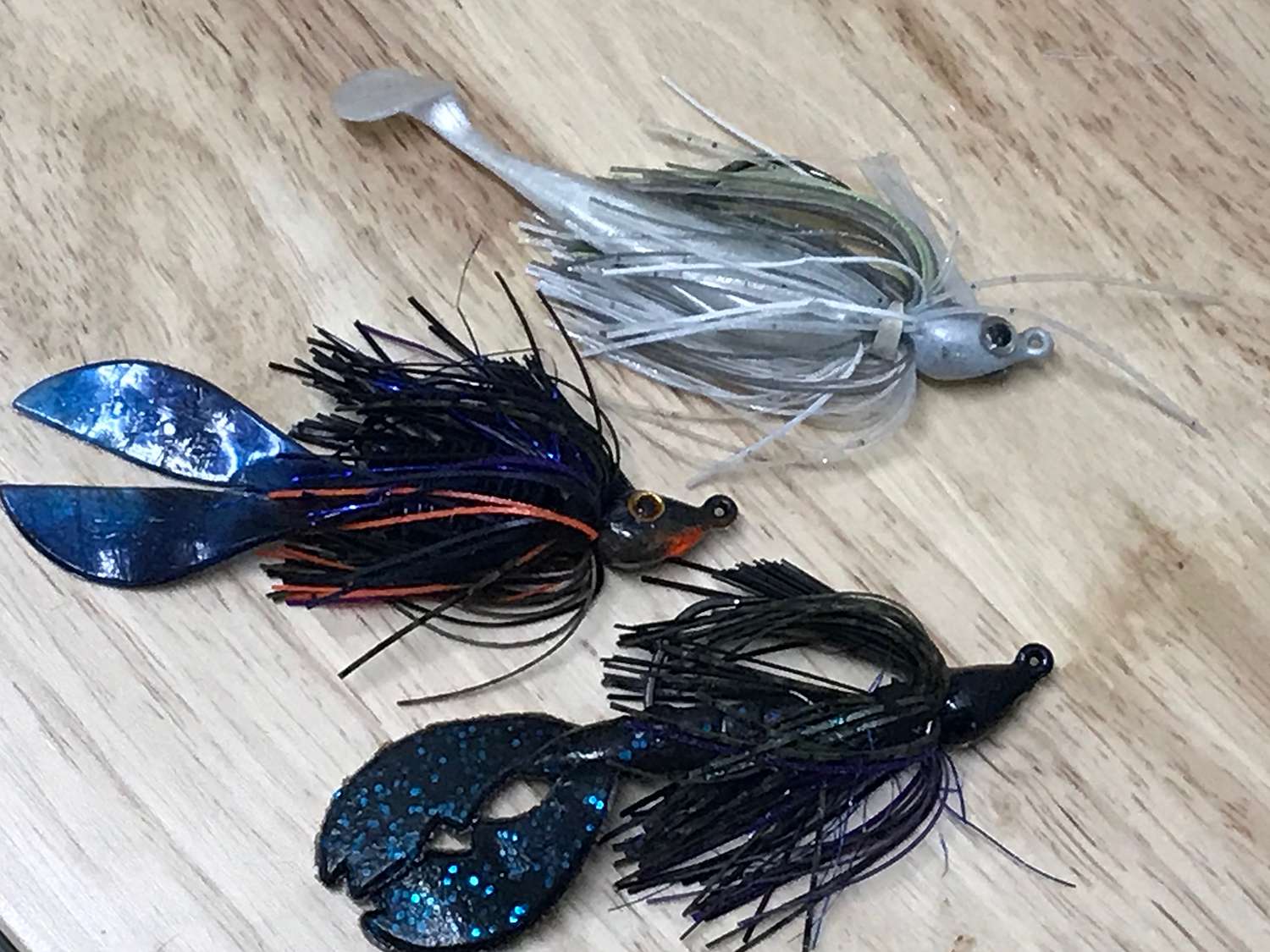
In 2001, Ed Loughran found himself navigating a career crossroads with purpose and performance akin to a very special spinnerbait that we’ll discuss in moment.
When the Wall Street firm where he’d worked for several years sold to another entity, Loughran passed on the option of relocating from Miami to Jersey City. Instead, he returned to his birth state of Virginia and earned a law degree from the University of Richmond.
Today, as a well-established attorney with Cawthorn, Deskevich and Gavin, P.C., the second-year Elite angler frequently employs the homemade baits he designed and created during his formative years. No denying the nostalgia, but Loughran prefers his own design because — it’s his design.
Filling a need
Enamored with lure making since his childhood, Loughran turned his interest into a cottage industry when need fostered creation. Guiding and tournament fishing during high school and his undergraduate years at George Mason University, Loughran became frustrated with how the Potomac River’s grassy habitat constantly impeded the thick-headed spinnerbaits common to that era.
“When I started making lures in the late 1980s and early 90s, we didn’t have the sheer number of baits, manufacturers and different styles we have today; so literally, necessity was the mother of invention,” Loughran said. “In order to get baits the way I wanted, I decided to make it happen myself.”
His creation: A compact, low-profile spinnerbait that not only matched the smaller forage that tidal river bass tend to prefer but also better traversed the grassy habitat. Essential to the latter point was a thinner head, which Loughran dressed with gill plates, scale pattern, fins and recessed eyes.
The setup, he said, was significant for its time, but Loughran said the value of creating precisely what he wanted more than justified the effort and expense.
“With today’s technology, you can have a mold made much easier, but back in the day, that was a Herculean task,” Loughran said. “I found a guy in Maryland who had experience in precision machining and designed a bait with all of those details machined into the mold.”

Vision realized
Another upside to homemade spinnerbait design was wire selection. Vibration and durability vary with gauge, so Loughran settled on 30 gauge with an open R bend, which fit his low-profile bait better than a twisted wire bend. He also made spinnerbaits with 40-gauge wire for targeting Susquehanna River smallmouth, when he valued durability over vibration.
“I was also able to select whatever hook I wanted,” Loughran said. “It’s bounced back and forth, but over the years, I’ve gone to Gamakatsu. In the design, I was able to set the hook a little farther back, or a little farther forward, depending on what I wanted from the bait.”
Because his spinnerbait’s general form with its narrow profile tends to roll, he makes a version with the hook spaced closer to the head for snag-prone scenarios. By contrast, his grass version sports a hook spaced about 3/4-inch farther back.
“That’s the (benefit) — you’re able to customize things,” he said. “The cost of the mold was very expensive upfront, but it’s nice to be able to make a bait the way you want. That’s one of the things I like about the spinnerbait I created, and I use it to this day.”
Other creations
Complementing his custom swimbaits, Loughran also makes swim jigs based on a Do-It Molds form, with his own touches. Foremost, he fixed a shortcoming common to baits of yesteryear.

“Back when I started making swim jigs, there weren’t that many with (trailer) keepers,” he said. “I was constantly using Super Glue, but I decided that I would put whatever hook I wanted in the mold and that I would make a keeper. So, I physically made little keepers out of wire, and I had to Dremel out the mold so I could put the keeper in the mold.
“The hook I liked was a 60-degree bend, but that wouldn’t fit in the mold, so I had to modify it. I had to heat up the hook, bend it flat a little bit and then quench it in water so it still had the strength.”
Loughran points to weed guards as yet another customization point with dual purpose. He’ll vary the material based on habitat — limber for sparse vegetation, stiffer for laydowns and other wood — and leverages a visible design variance to quickly identify his two swim jig styles, both made with Do-It Molds.
“The one that I use for grass and the one I use most often is a straight bullet head design, and I know I’ll always have a limber weed guard in those,” Loughran said. “The other one is a little more bottom-heavy and a little less apt to roll, so I use that for wood. I’ll put a stiff weed guard on this one.
“That way, I can easily differentiate between my grass swim jigs and my wood — or cover — swim jigs. If I used only the slick bullet head, which I prefer, I’d have to feel each one or keep them in separate boxes. Instead, I use a slightly different design, so I can easily identify them.”
Loughran’s also particular about his swimbait heads, specifically the line tie angle. Today’s selection is much more diverse, but even a decade ago, he had trouble finding his preference. Again, the solution came by modifying a Do-It Molds product to accept his 60-degree hook.
“What that did was create a swimbait head that comes through cover more naturally and swims more naturally because of the line tie on the front top, as opposed to the middle top,” he said. “With some swimbaits, you actually get a little more wobbling action because of how it’s physically being reeled in.
“The main improvement is that it comes over stuff better, also I think you get a better hook-up ratio.
The benefits
Throughout his college years, Loughran sold his baits to charter clients, fellow tournament anglers and tackle shops he encountered throughout his tournament travels. Foundational to his commercial success was an efficient system of 5-gallon buckets with cut-out windows allowing him to hang baits and paint specific parts without overspray.
Going well beyond the general color schemes, he has often painted custom colors for specific fisheries. Recent example: The 2020 Elite season opener on the St. Johns River.
“I made a couple of spinnerbaits for this event that looked like bluegill,” he said. “Bluegill look differently all around the country, so from my experience and some online pictures, I painted my baits accordingly. I put black chrome blades on them and ended up matching the hatch.”
“All of these things are little tweaks that give you the bait you want,” Loughran said. “You may find a spinnerbait the way you want it, or a jig head with the proper design, it might not have the hook you want or it might not have a weed guard that’s stiff enough. Maybe the colors aren’t what you want, maybe the wire on the spinnerbait is too thin for what you’re doing.
“With what I’ve always done, you’re able to customize things to your preferences. Now, with so many more baits available, it’s more like you’re going to find something appropriate, but 30 years ago, it was not that way.
“It’s very satisfying to catch a fish on something you made. I caught the biggest fish of my life — a 12 1/2-pounder — while practicing for a Bassmaster Open on Lake Toho on one of the swim jigs I made.”





